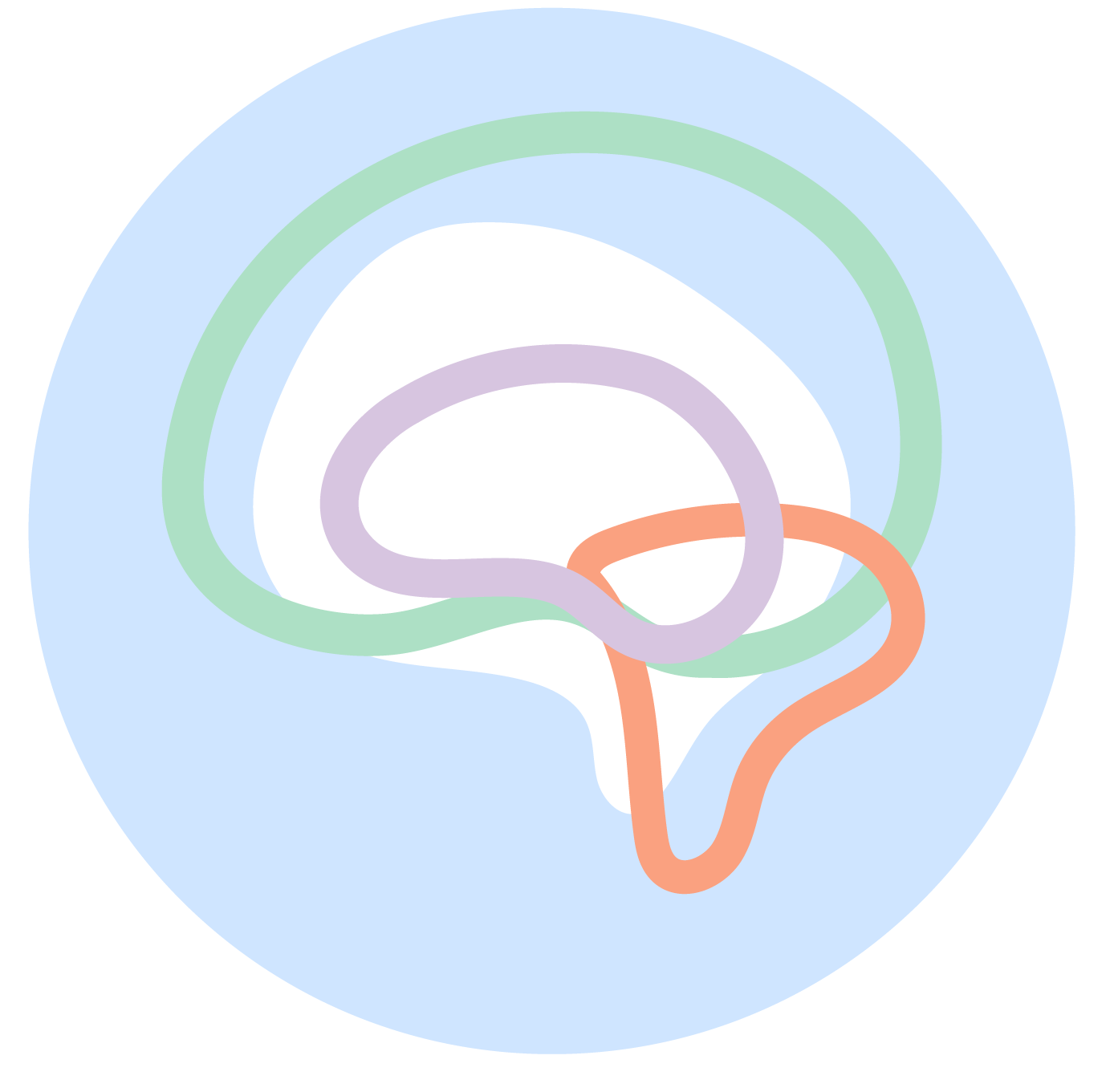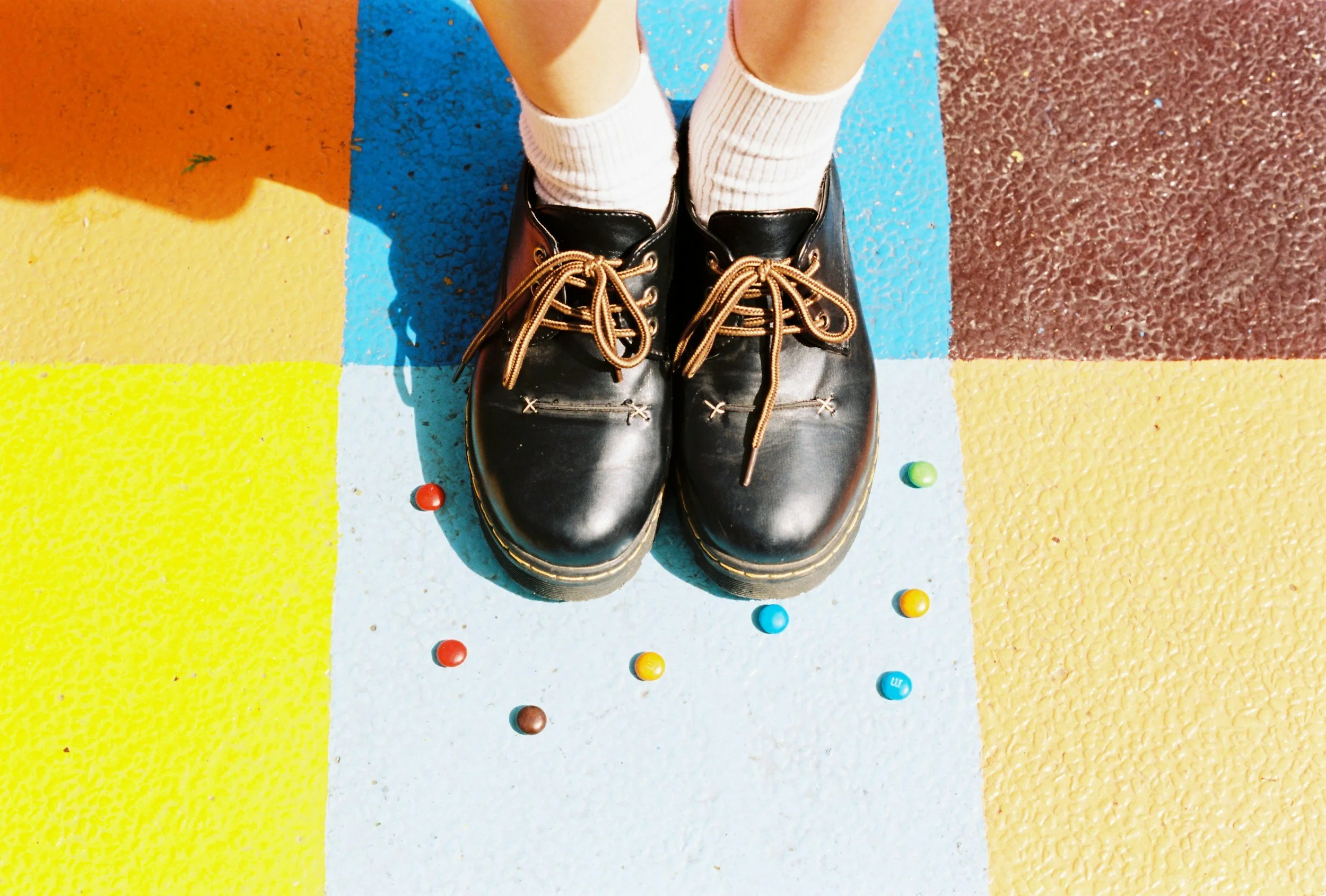Are microaggressions hurting students? What every adult should know
What’s in this blog?
We’ll explore what microaggressions are and why they’re so harmful, particularly in school environments where students spend most of their time.
You’ll learn about the most common types of microaggressions students experience today.
Finally, we’ll share practical ways parents and educators can help children identify, understand, and respond to microaggressions along with creative activities to build empathy and confidence along the way!
What are microaggressions?
Microaggressions can be viewed as quieter discrimination that flies under the radar. It’s subtle and baked into everyday comments, questions, or actions. They are often unintentional and a result of biases, misinformation, and negative perceptions of marginalized groups.
Despite their supposed quieter nature, don’t be fooled.
Microaggressions are just as hurtful and insulting to those at the receiving end. In an excerpt in the Psychology Women Quarterly, a researcher reviewing the book Microaggressions in Everyday Life: Race, Gender, and Sexual Orientation briefly explains what microaggressions can look like:
“It is easy to conjure memories of examples: a girl putting her hand down in science class because the teacher called on yet another boy to answer questions…”
See, how simple it can look like? You might think nothing of it first, but imagine how someone would feel after constantly receiving that same treatment. They might stop trying completely and accept it as a normal situation they need to get used to.
Why it’s important to tackle microaggressions at school
School is supposed to be a safe place to learn, grow, and connect with others. But imagine being in an environment where you’re surrounded by microaggressions every day. It’s distressing for children to have to constantly deal with subtle jabs about who they are, how they look and act, the languages they speak, or the food they bring to school.
It can feel impossible to escape. Unlike adults who have the autonomy to walk away from toxic environments, students can’t just leave school. At a young age, school takes up most of their world — academically, socially, and emotionally.
What are some of the most common microaggressions students face today?
You can view this list by the Rochester Institute of Technology for more examples of microaggressions in the classroom.
Racial and ethnic microaggressions
“Where are you really from?” — Implying someone doesn’t truly belong in their country
“You speak such good English!” — Assuming non-white students aren’t native English speakers
“Your name is too hard to pronounce. Can I call you something else?” — Dismissing a student’s name instead of learning it
“You people are all so smart.” — Stereotyping abilities based on race, such as assuming Asian students are naturally good at math
LGBTQ+ microaggressions
“That’s so gay.” — Using ‘gay’ as an insult to mean something is bad
“Who’s the boy/girl in your relationship?” — Assuming heteronormative roles in same-gender relationships
“I never would have guessed you’re gay!” — Treating someone’s identity as unexpected or shocking
“It’s just a phase.” — Dismissing a student’s sexual orientation or gender identity
Disability microaggressions
See more examples of disability microaggressions here.
“Here, let me do it for you” — Assuming students with disabilities need help without asking
“You’re so brave!”— Expressing surprise when students with disabilities achieve something
“I don’t know how you do it” — Assuming someone is “suffering” because they have a disability
“Oh, but you look so normal!” — Expecting all students with disabilities to look unwell or act a certain way.
Socioeconomic microaggressions
“Why don’t you just buy another one?” — Assuming everyone can easily afford replacements or extras
“Your parents don’t care about your education.” — Assuming families with lower income aren’t supportive
“You probably can’t afford that.” — Making assumptions about what students can or can’t buy
“You get free lunch? Lucky you!” — Making insensitive comments about financial assistance
Taking action to help children identify and respond
At My Good Brain, we want to help parents and educators understand the role they play to help children and students understand, respond to, and stand up against microaggressions in their daily lives.
Here are a few ways to start:
Teach children what microaggressions are.
Explain that microaggressions are small comments or actions that can hurt others, even if they weren’t meant to be mean. Use age-appropriate examples to help them recognize these situations in real life, like sharing or role-playing scenarios of common examples they might see at school.
Encourage empathy and perspective-taking.
When talking about these examples, ask questions like, “How do you think that comment made them feel?” or “How would you feel if someone said that to you?” This helps children understand the emotional impact microaggressions have on others.
🎨 An activity you can try at home
Walk in Their Shoes: Ask children to draw a pair of shoes that belong to someone else (e.g. a classmate, character, or community member) and write a few sentences imagining how that person might feel after a hurtful comment.
Address microaggressions immediately in the classroom or at home.
If you hear a microaggression, address it calmly and directly. Explain why the comment was harmful and what could be said instead. Silence sends the message that such comments are acceptable if children were to hear them in the classroom or hallways.
Model inclusive language and behavior.
Children learn by watching adults. Make the effort to use correct names and pronouns, avoid stereotypes, and apologize when you make mistakes. Seeing respectful language shows children what inclusion looks like in action and gives them a great lead to follow.
Empower them to speak up safely.
Teach children simple phrases they can use if they witness a microaggression, such as:
“That wasn’t okay to say.”
“Please don’t say that. It can hurt people’s feelings.”
Remind them they can always talk to a trusted adult if they don’t feel comfortable speaking up in the moment.
🎨 An activity you can try at home
Bravery cards: Invite children to design small ‘bravery cards’ with encouraging words or reminders they can carry in their pencil cases or pockets. They can also share this with their friends as a bonding activity to help classmates stand up for what’s right as a group. These cards can have empowering words and drawings like: “Speak up with kindness” or “I can stand up for what’s right.”
Create safe spaces for discussion.
Regularly check in with students or your children about how they feel at school. Ask if they’ve noticed unfair treatment or comments. Listen without judgment and validate their experiences.
🎨 An activity you can try at home
Feelings Jar: Set up a ‘feelings jar’ where students can anonymously drop notes about things they see or hear that make them feel uncomfortable, confused, or proud. Dedicate time each week to discuss and reflect on these as a group, creating an open and safe dialogue space.




